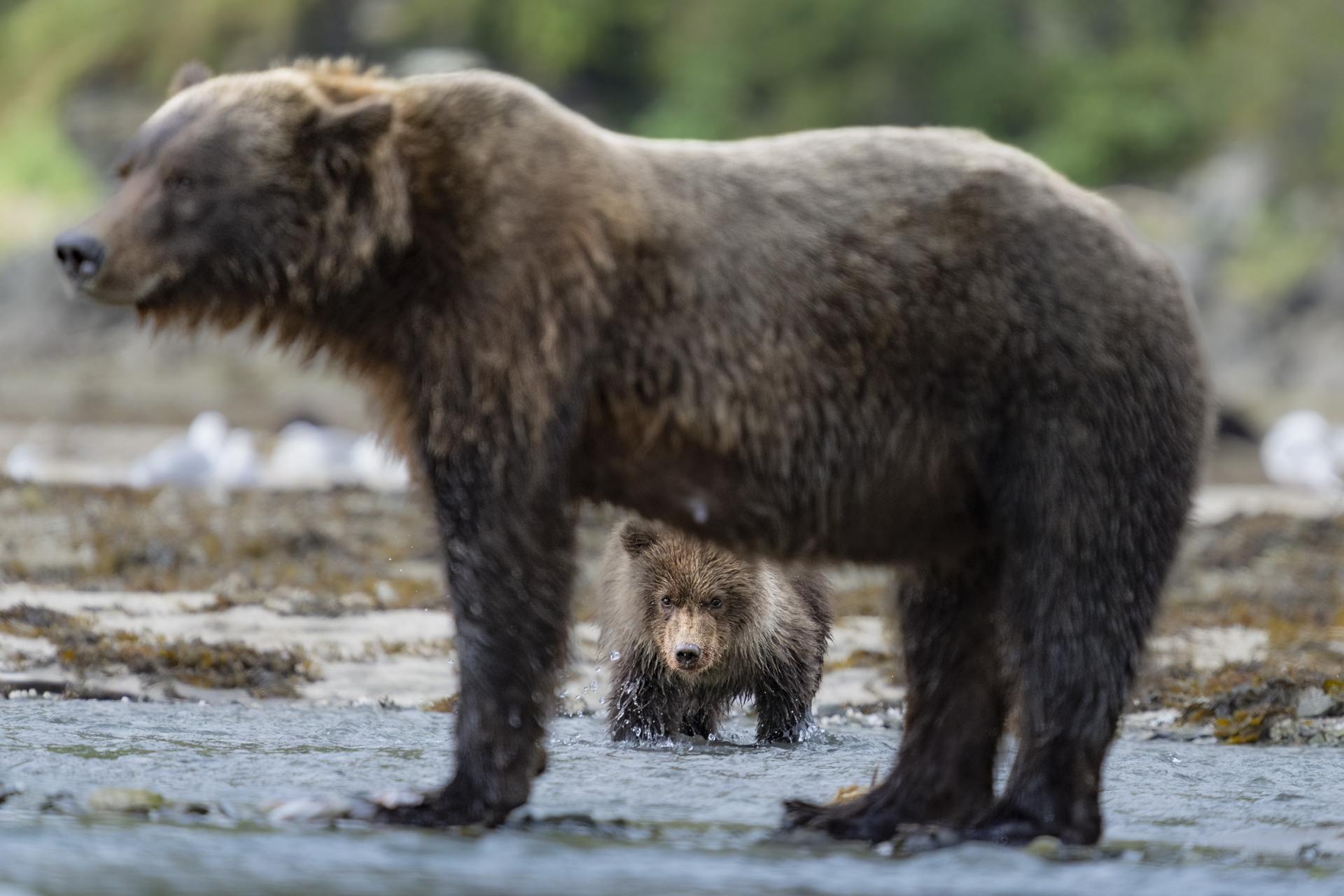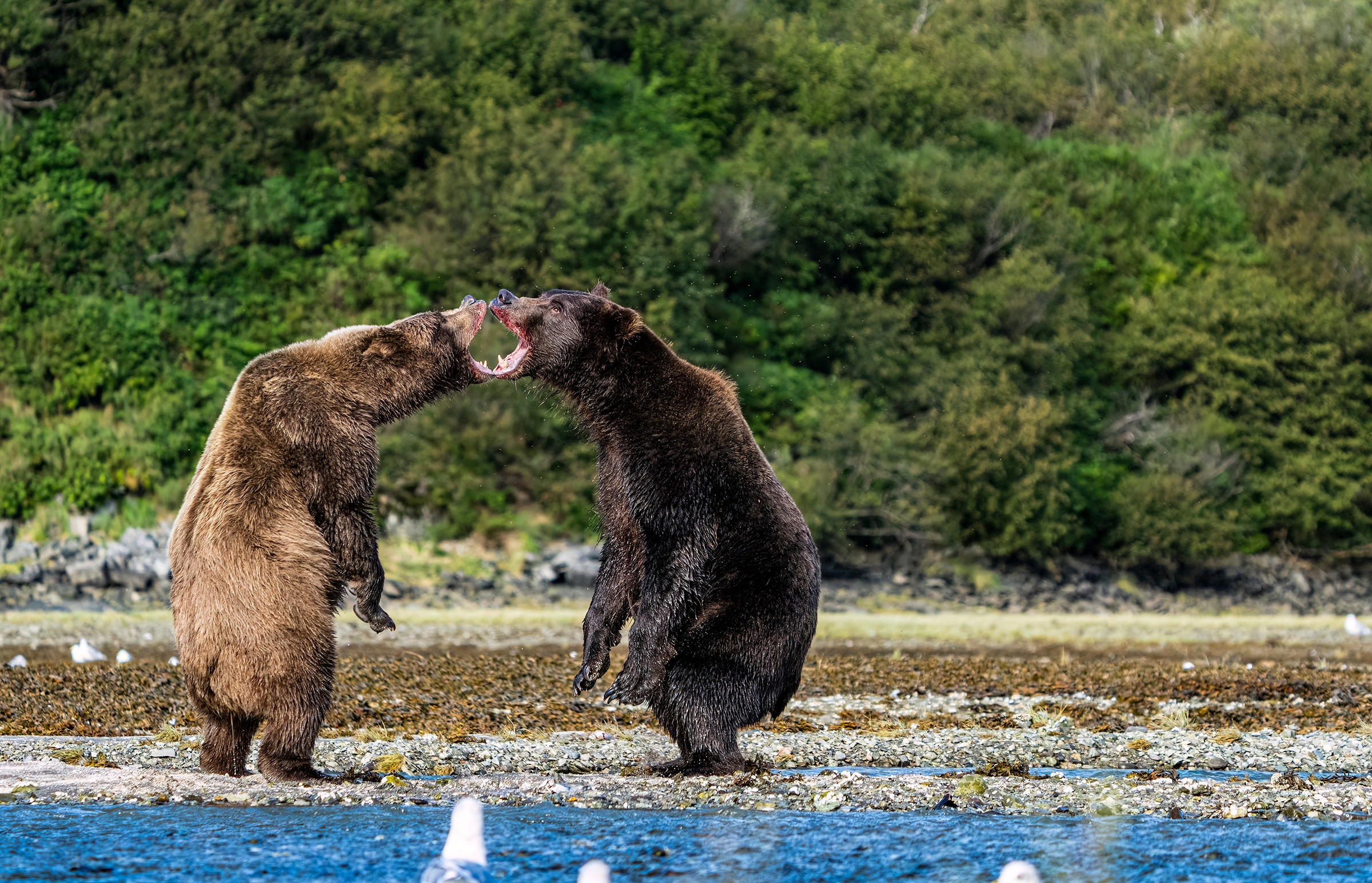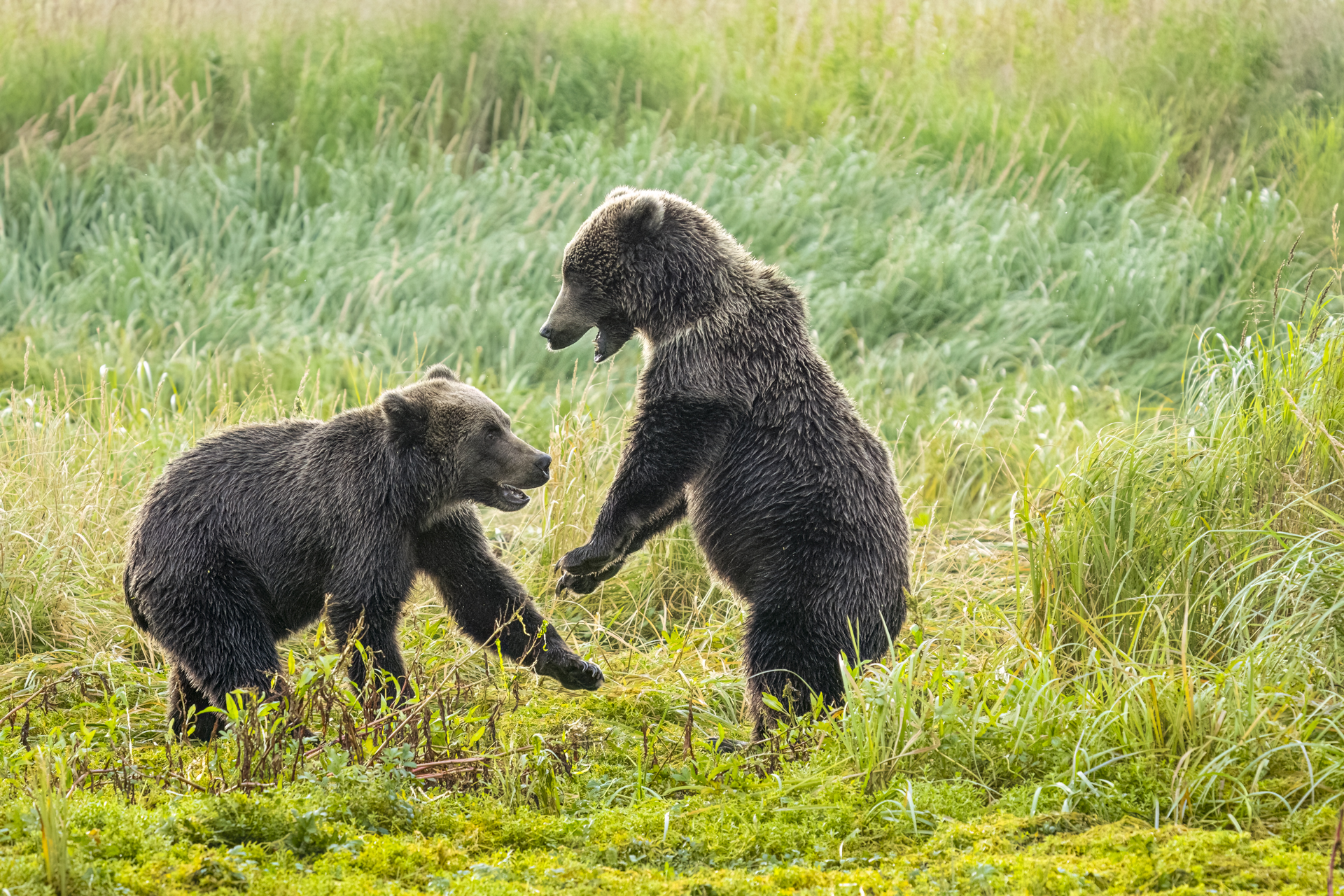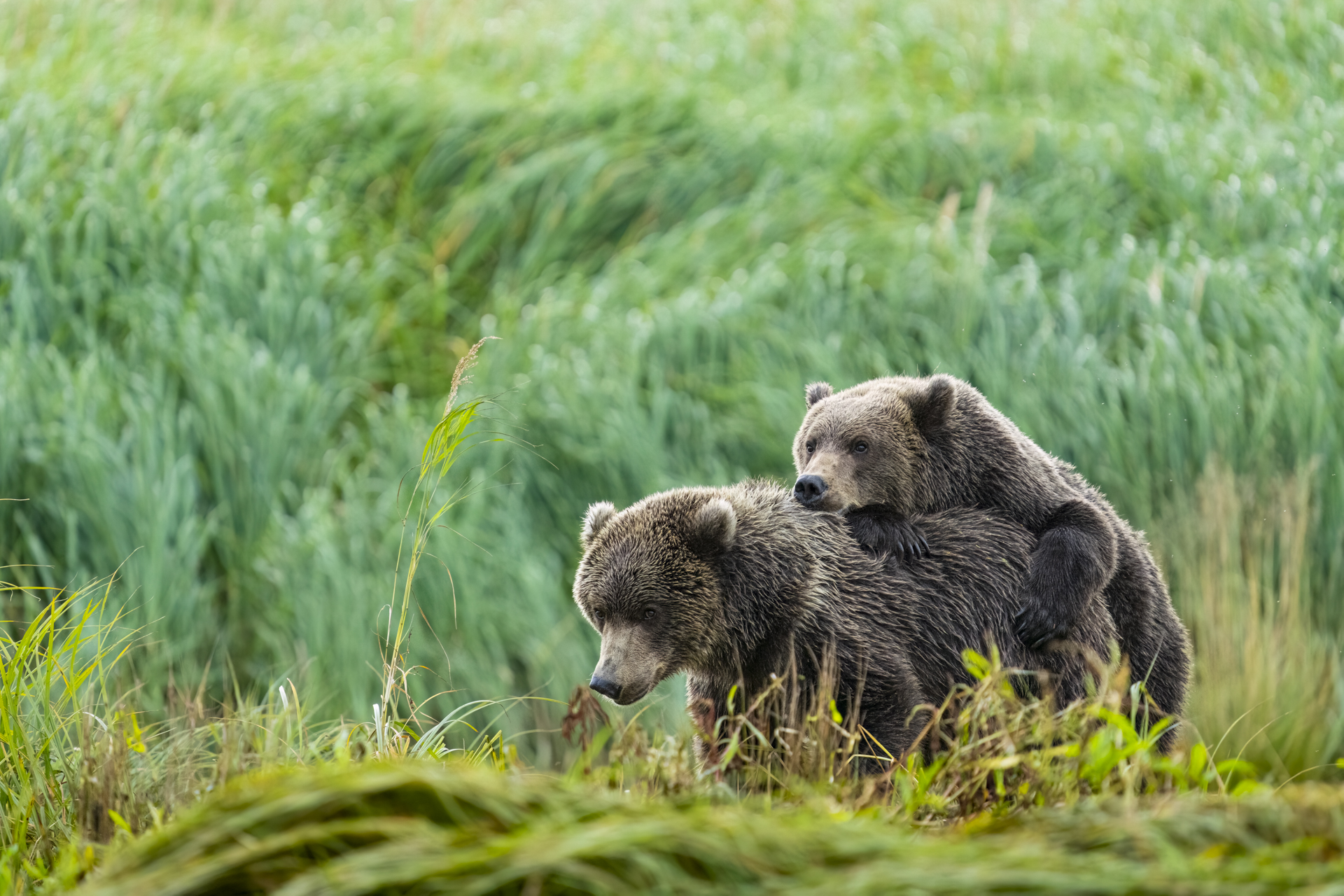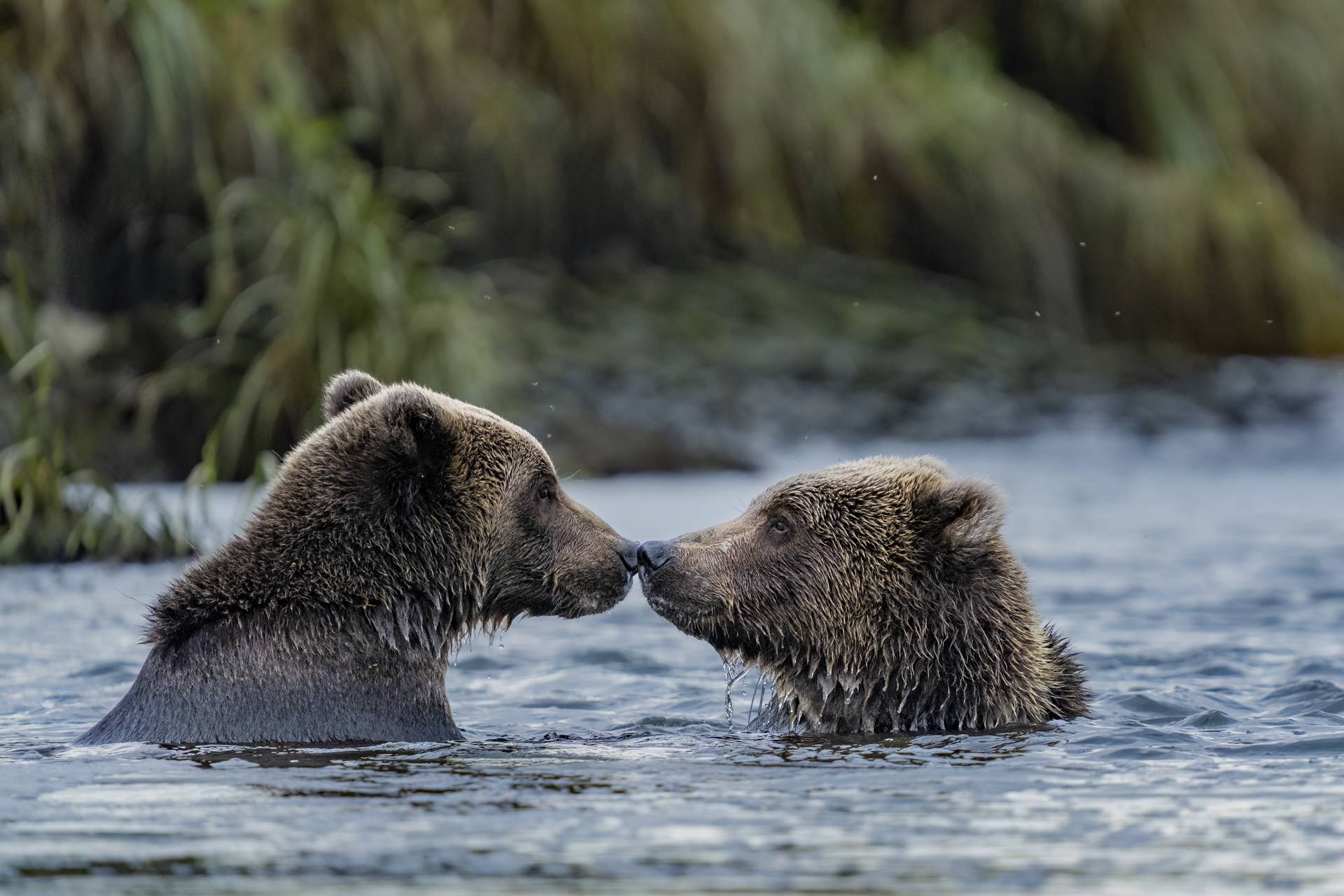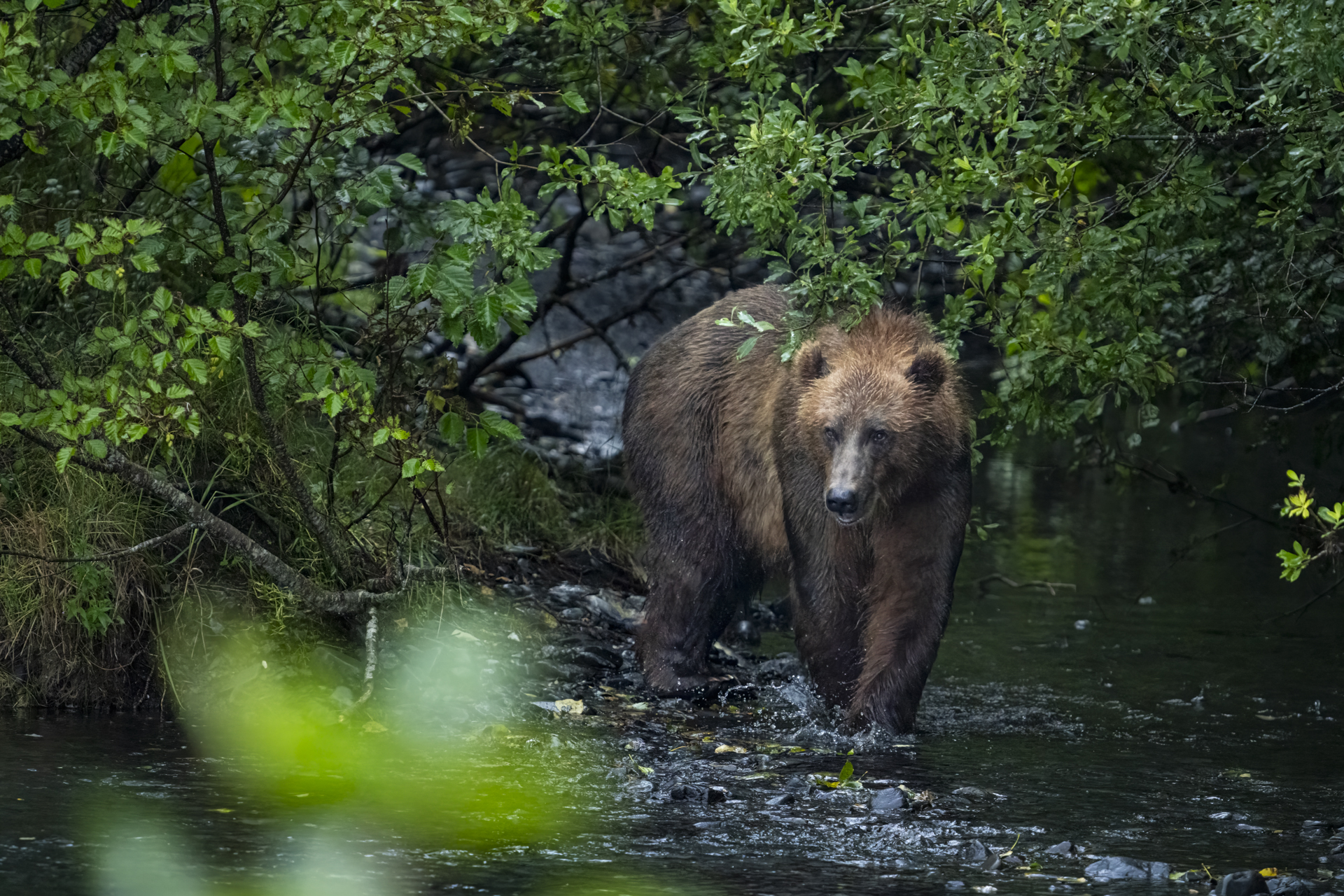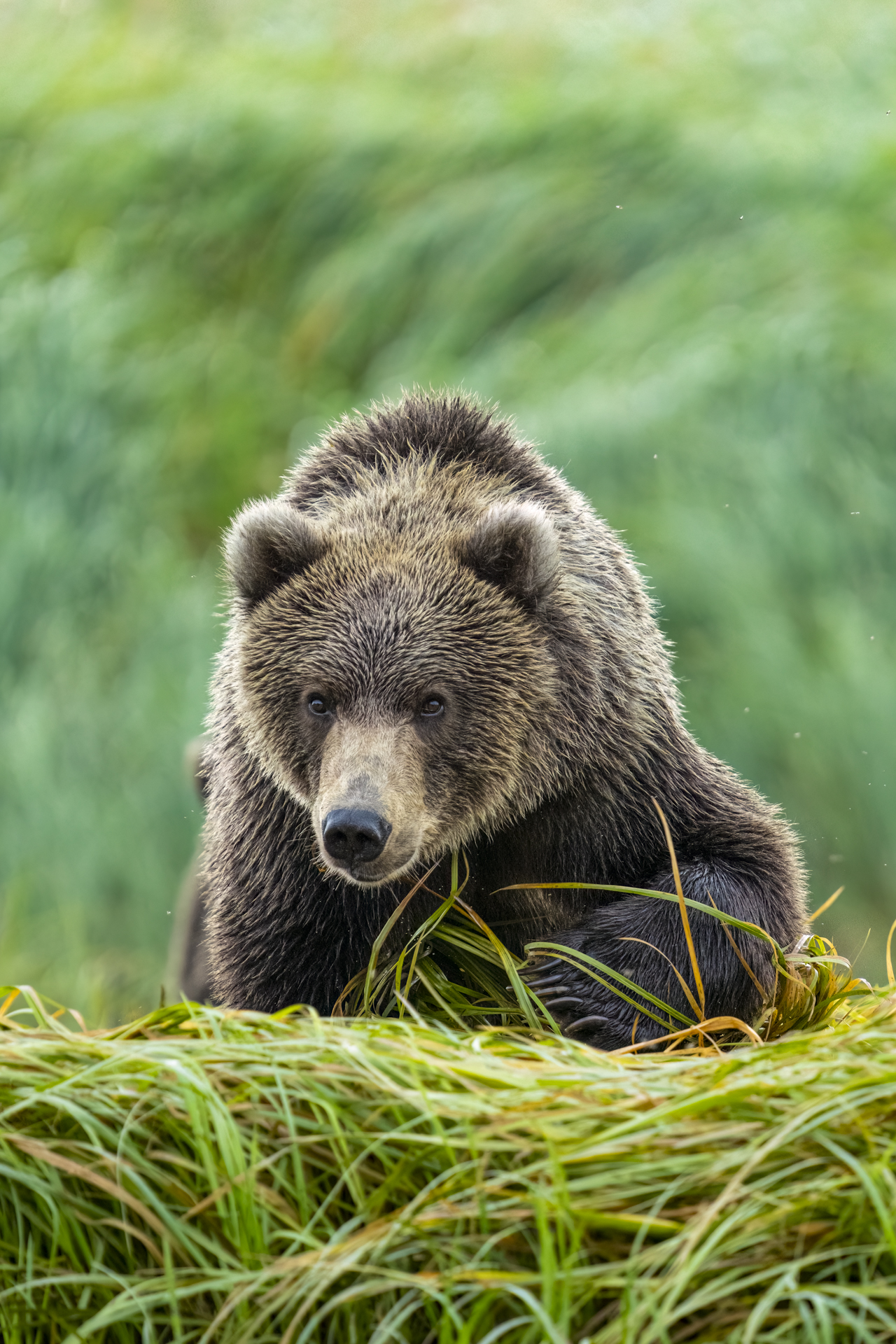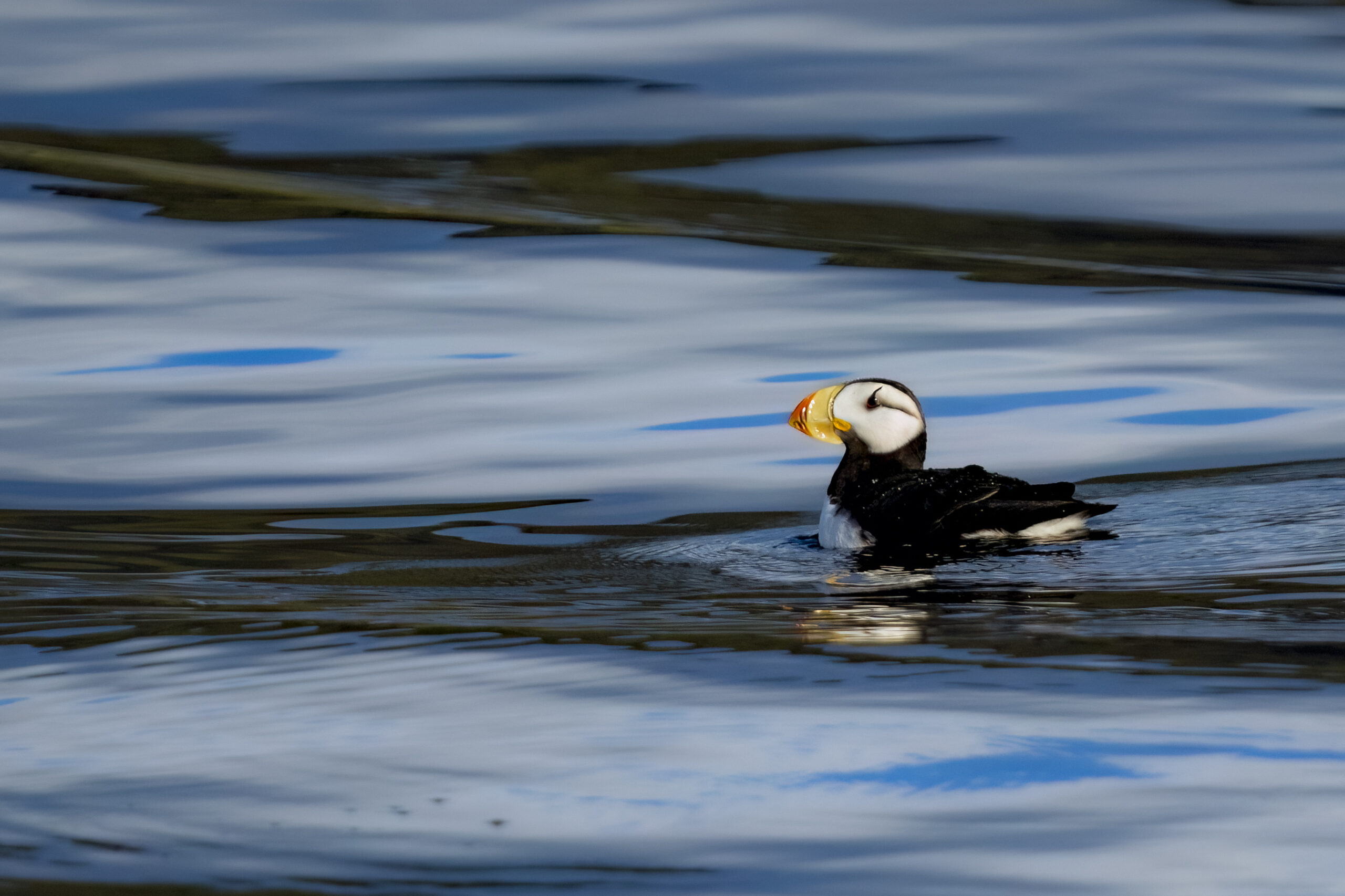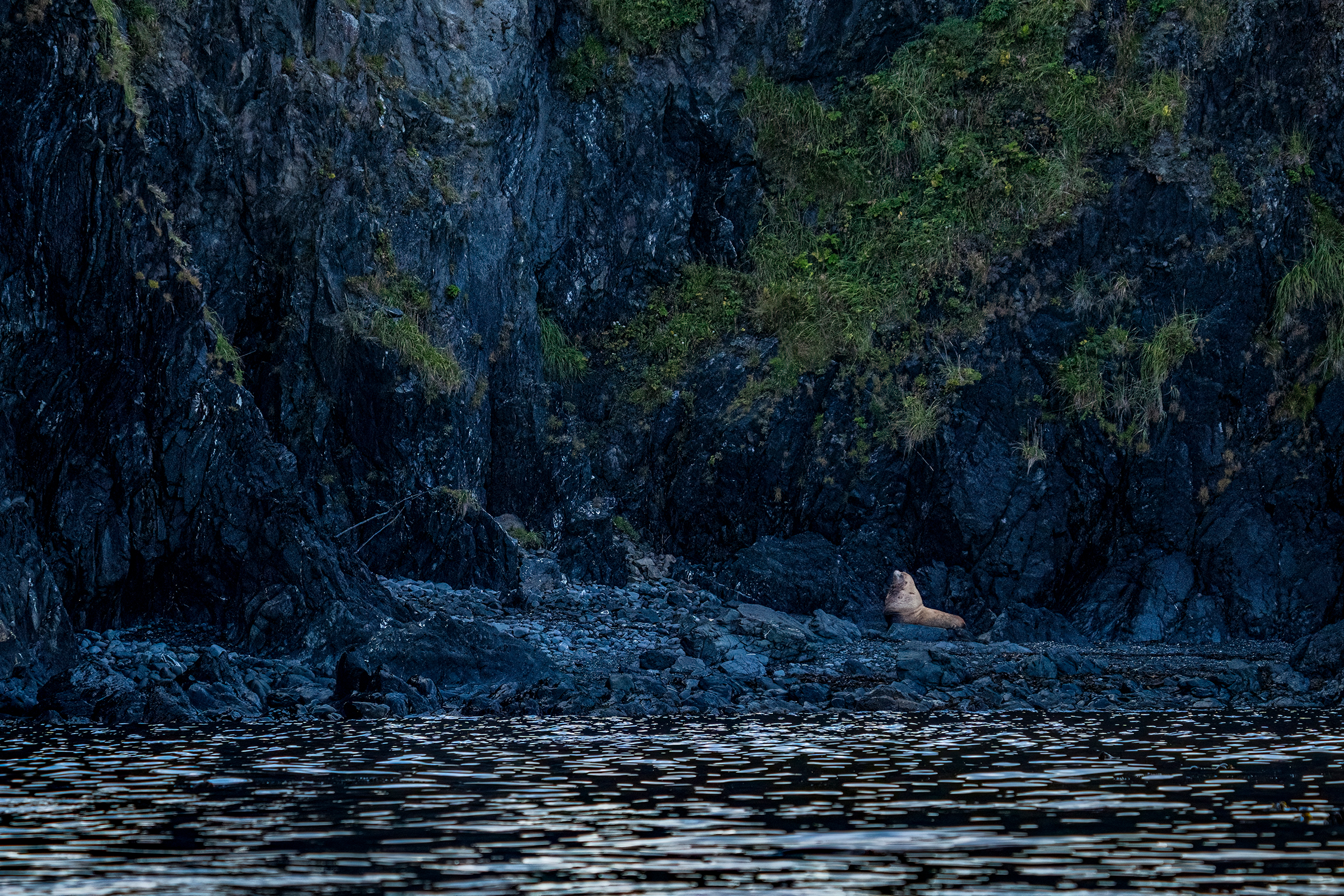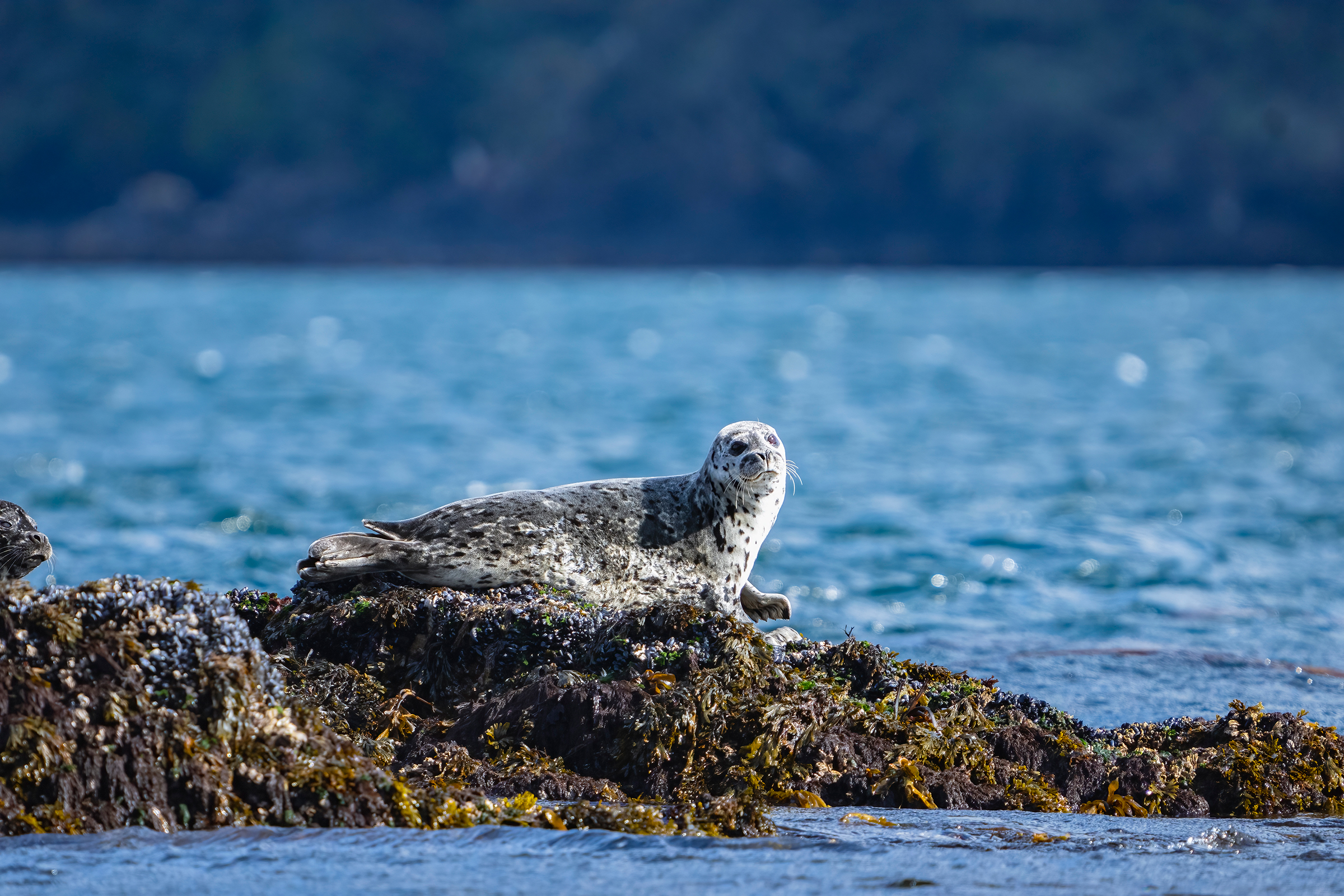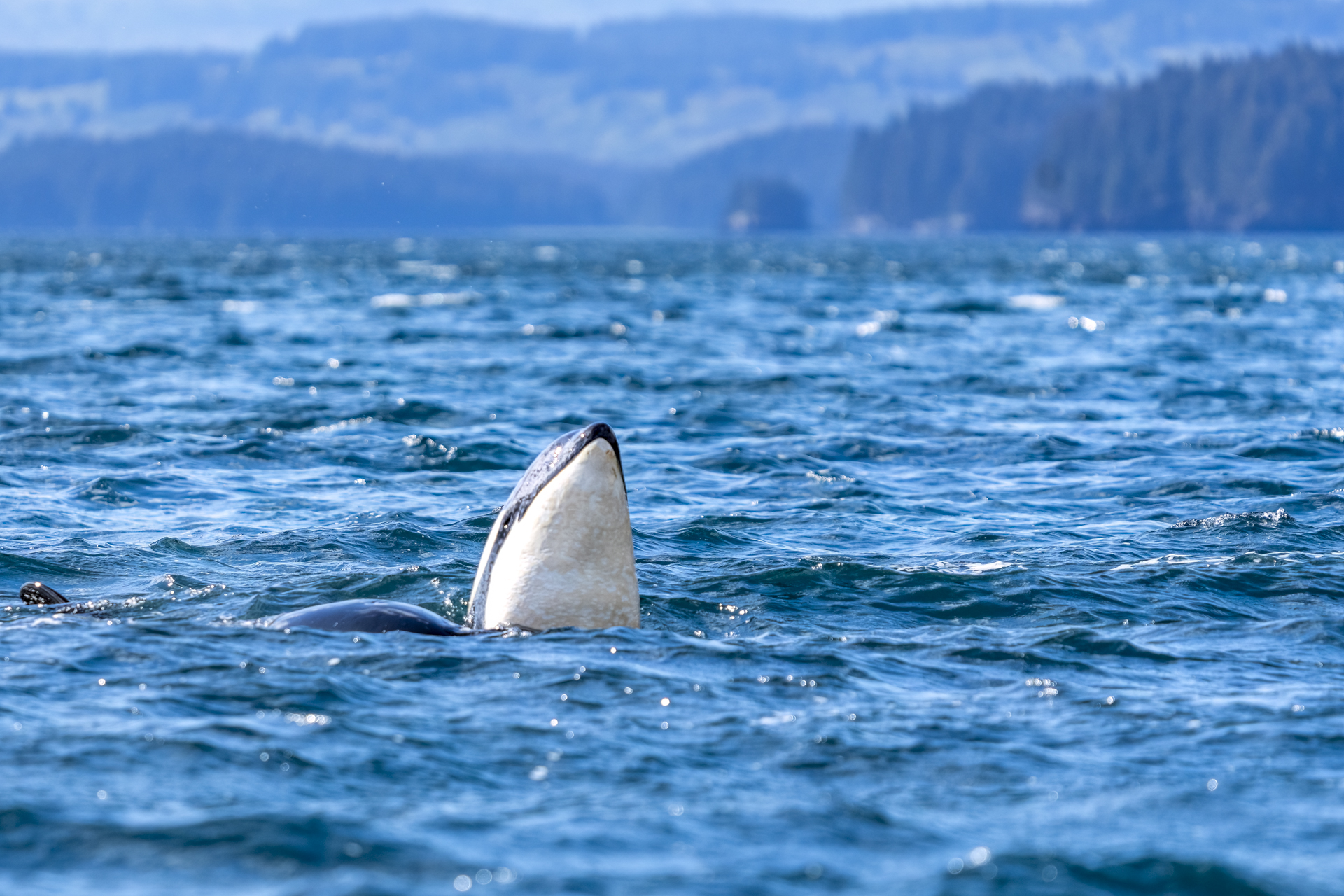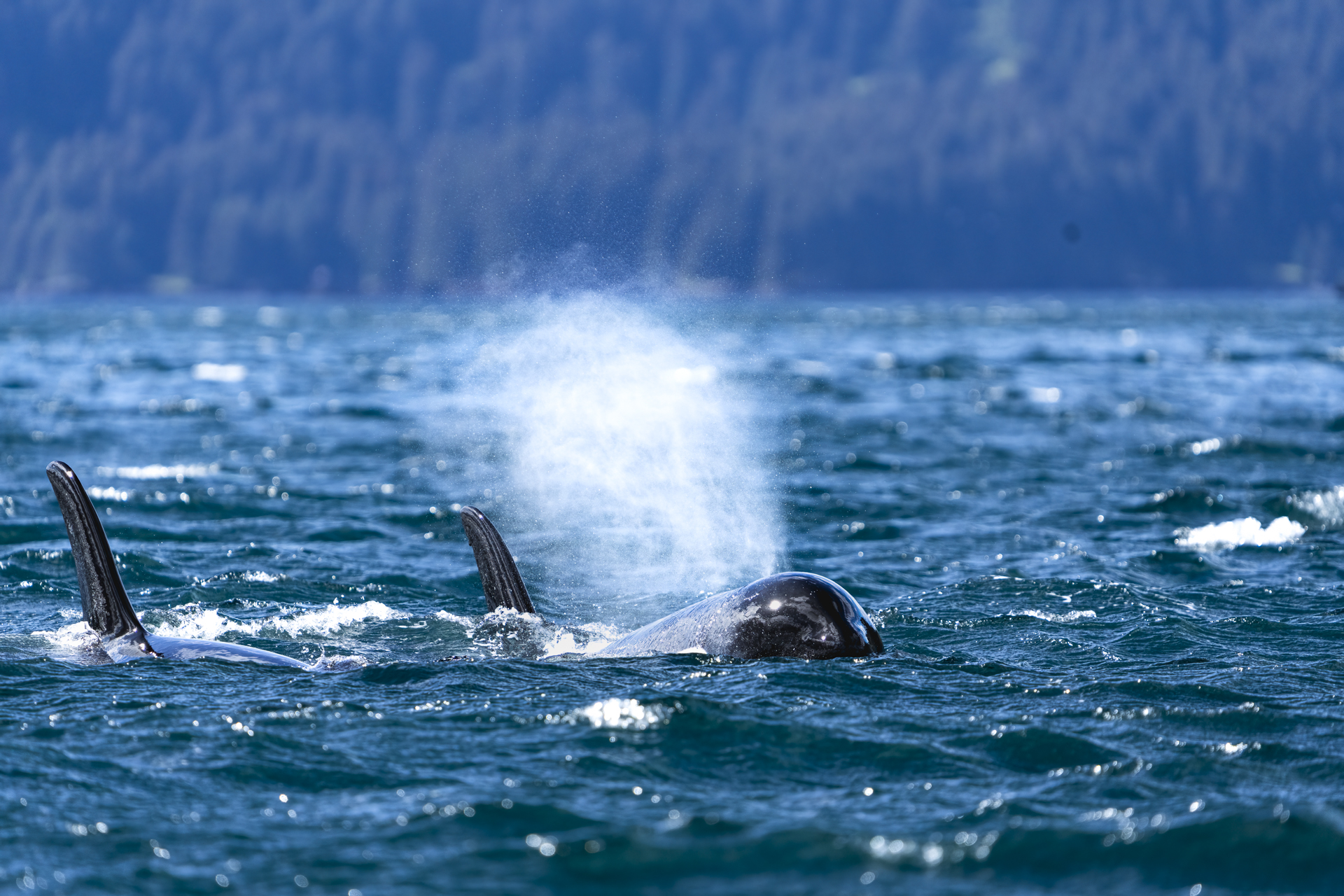Living in Canada, sightings of black bears had become a familiar part of my summers, often right in my backyard. But my fascination with larger brown bears began a few years ago during a trip to Kuril Lake in Kamchatka, Russia. That expedition planted a seed that would eventually grow into a full-blown passion for exploring the lives of the world’s most iconic bears.
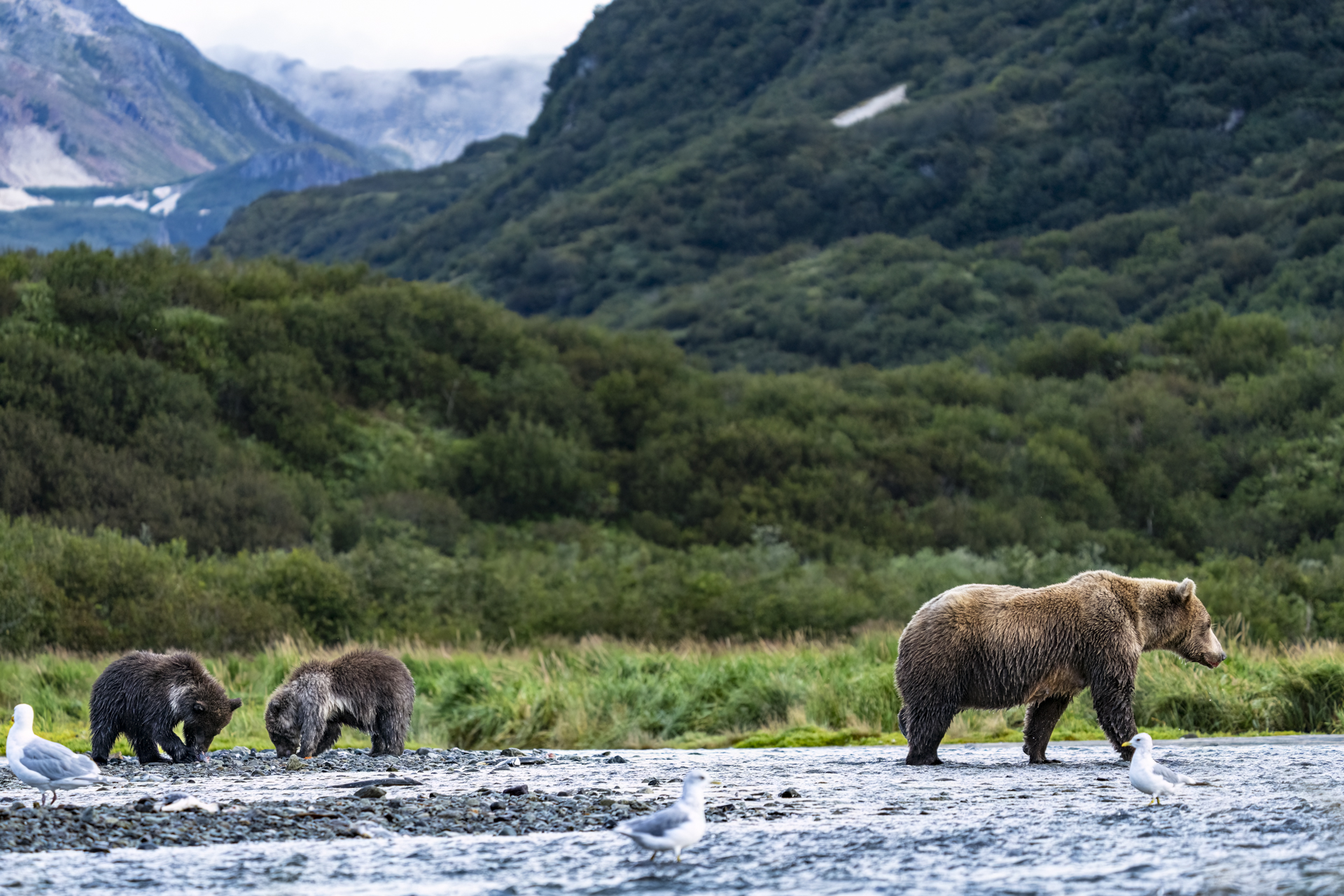
This Alaskan adventure came together at the last minute, thanks to my dear friend Kamali, who invited me to join their group on a four-day expedition focused entirely on photographing Kodiak bears one of the largest terrestrial carnivores on Earth.
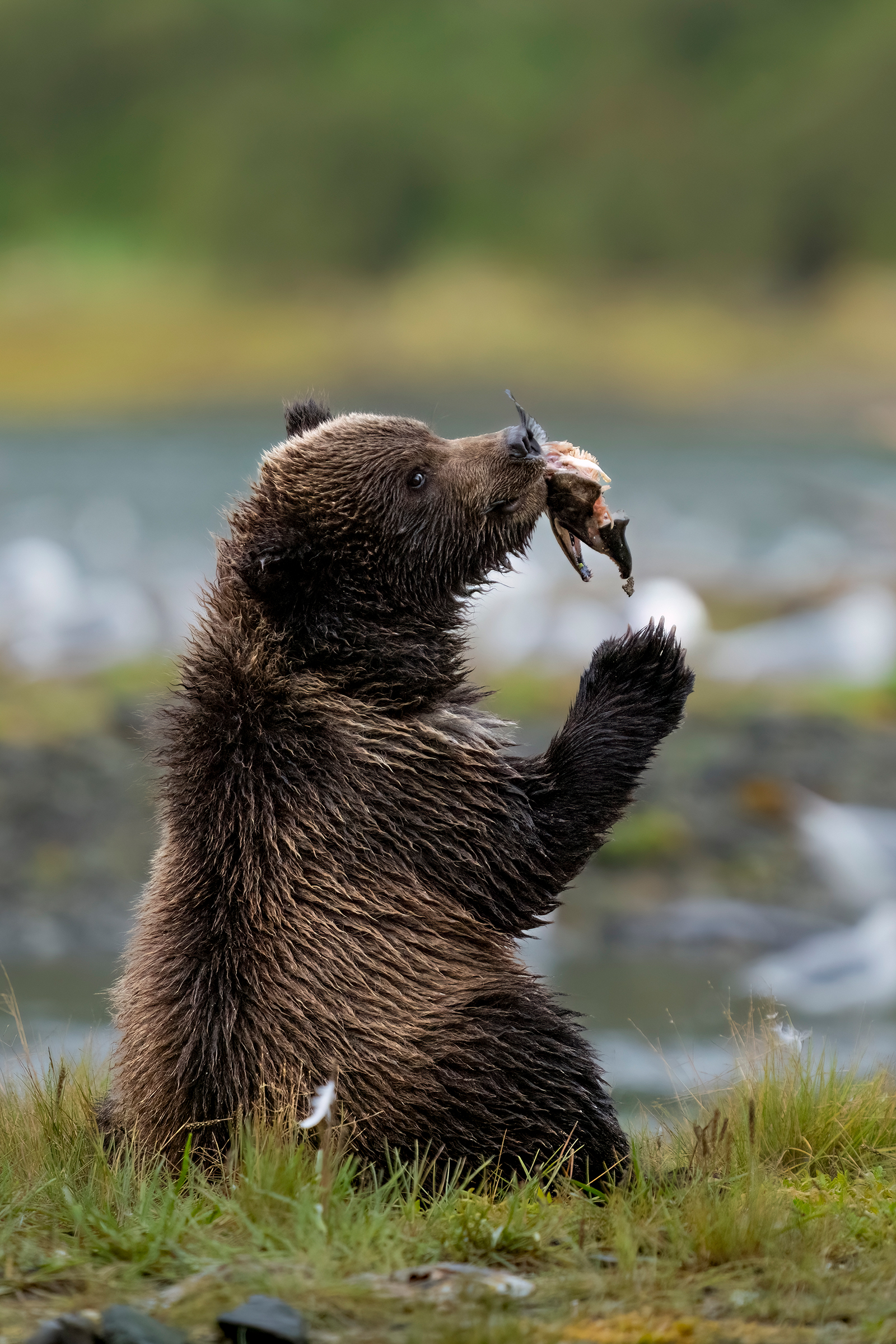
Day one began with us renting a vehicle and driving around the Kodiak Island region. To our surprise, we encountered six to eight different bears, most of them mothers with playful cubs or subadults. These initial sightings set the tone for what was to come a deep dive into a world where wild instincts, ancient rhythms, and family bonds coexist in the rugged beauty of the Alaskan wilderness.
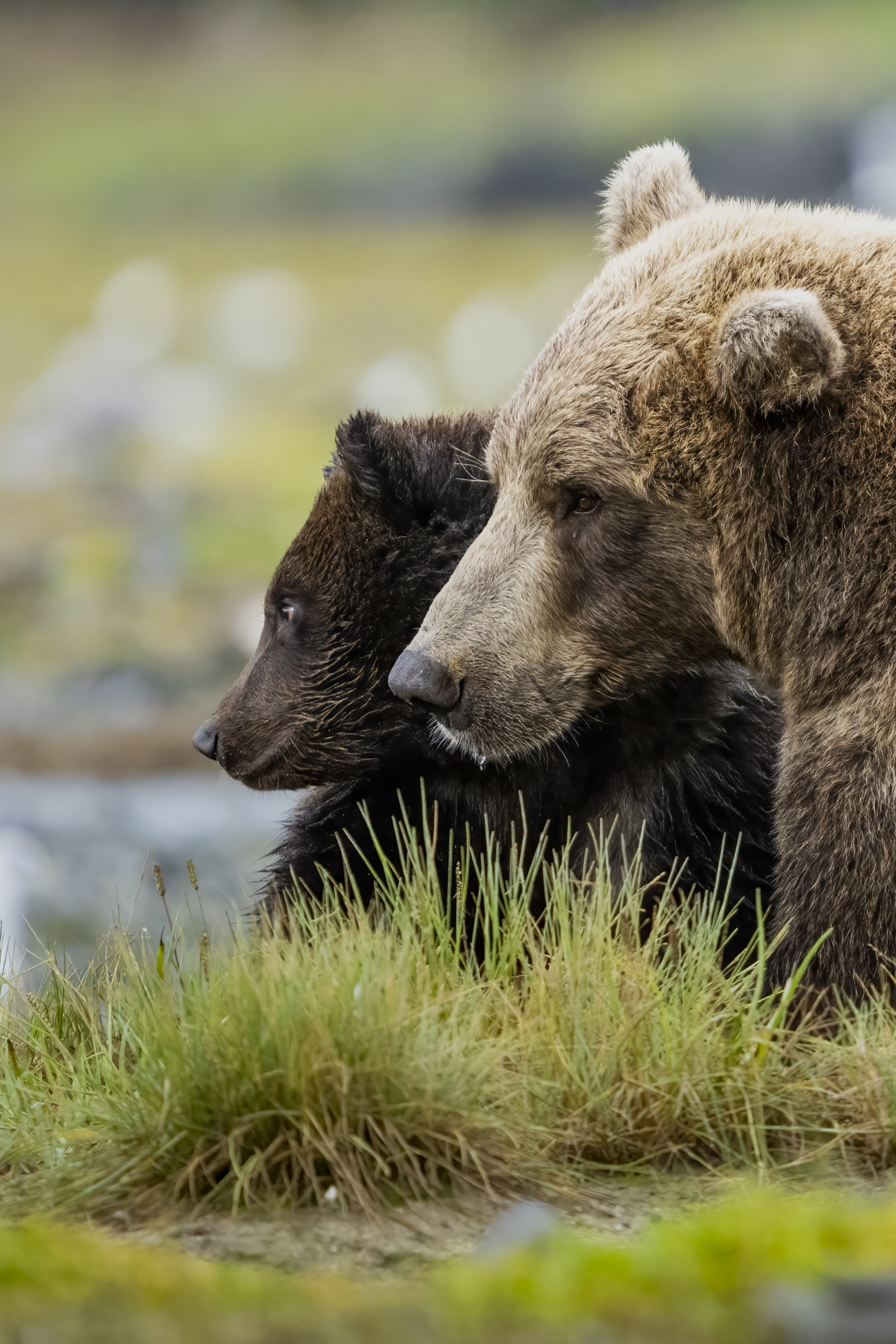
The expedition was entirely dependent on weather conditions. If the skies didn’t cooperate, our seaplanes would remain grounded. Fortunately, the weather across all three expedition days remained in our favor, calm, clear, and full of promise.
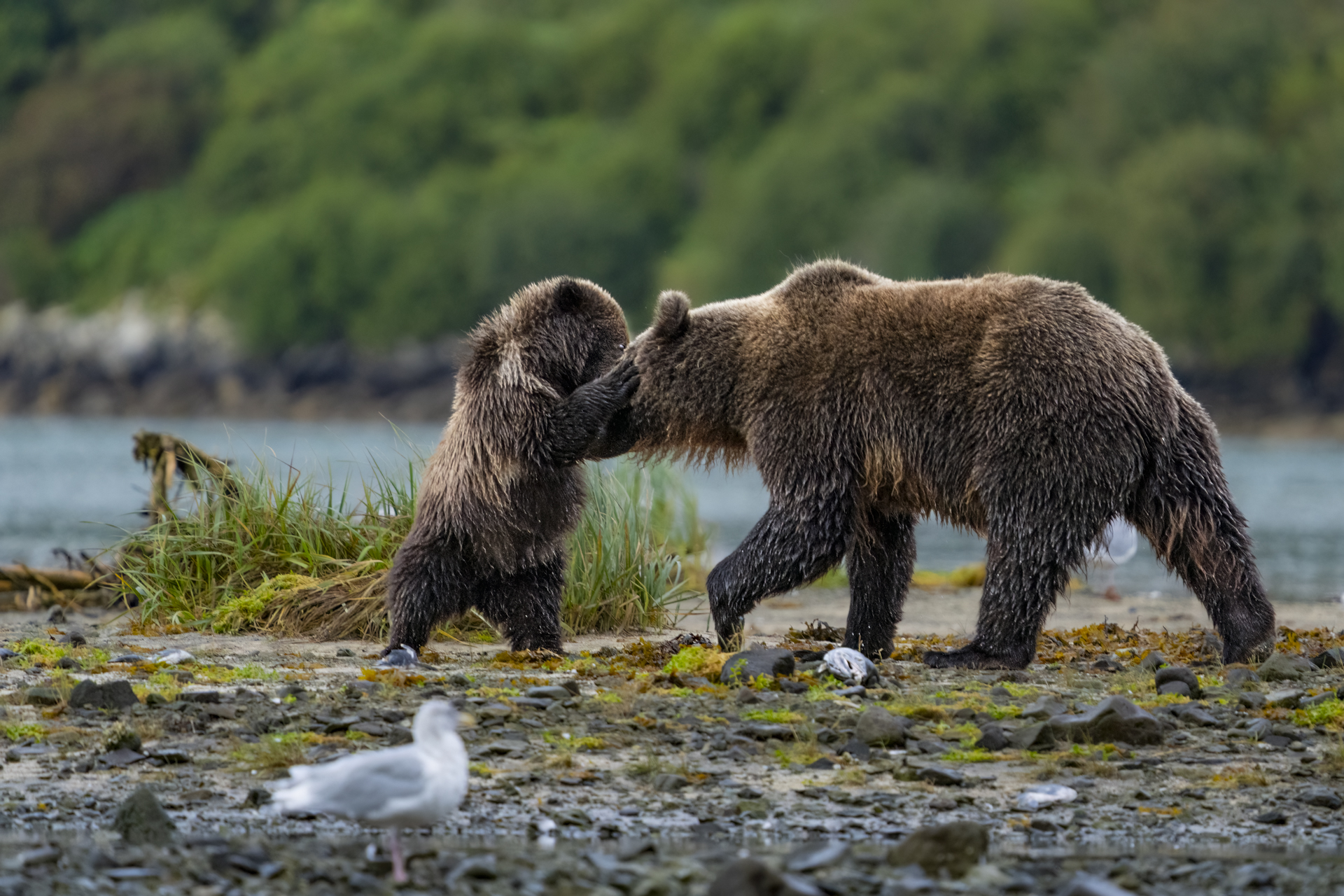
Each morning began with an early seaplane departure. These flights were a breathtaking experience on their own: soaring above snow-capped mountains, tracing the coastlines of deep fjords, and watching as whales breached in icy blue waters below. It felt less like travel and more like gliding through a nature documentary.

Once a bear sighting was confirmed from the air, our pilot would land us in a nearby water body. We disembarked directly into the shallows, geared up in waterproof clothing and camera equipment. At just 5 feet 2 inches tall, I was the shortest in the group, and wading through the cold water was a true adventure in itself.

Once ashore, we would hike moderate distances to reach observation points. The real magic began once we settled and let the bears acclimate to our presence. Bears are naturally curious, and when they don’t feel threatened, they continue their routines even approaching for a closer look. Capturing those moments through a long lens was both exhilarating and deeply humbling.
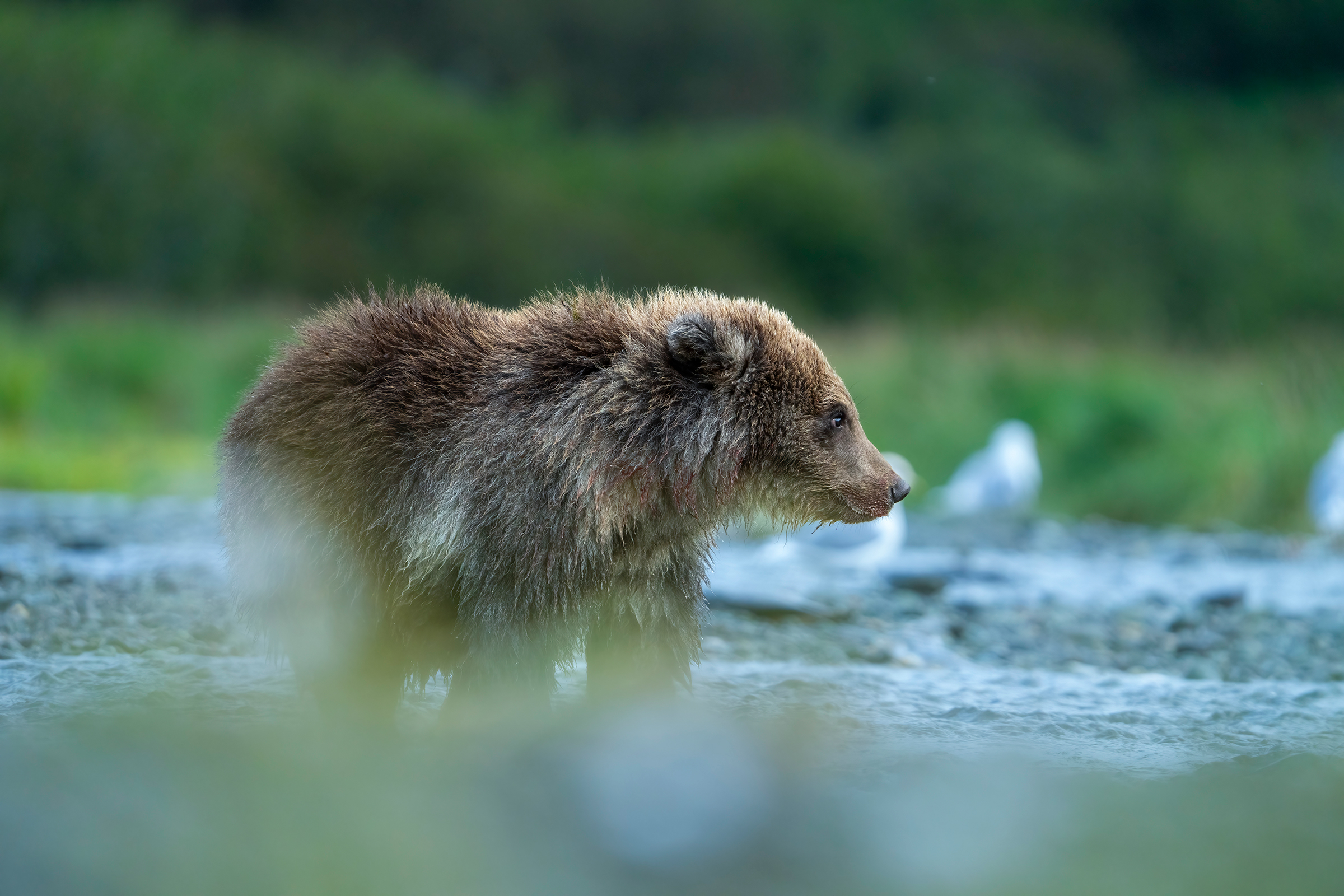
Each of the three main days brought us to different locations with unique dynamics. On the second and third days, bear activity increased as the weather warmed. They emerged from the woods and made their way to the rivers for salmon runs. What followed was a stunning display of agility and strength: bears charging through the water, catching fish with precision, and tearing into them with purpose. The first bite, often aimed at the belly, revealed rich streaks of salmon roe nature’s delicacy.
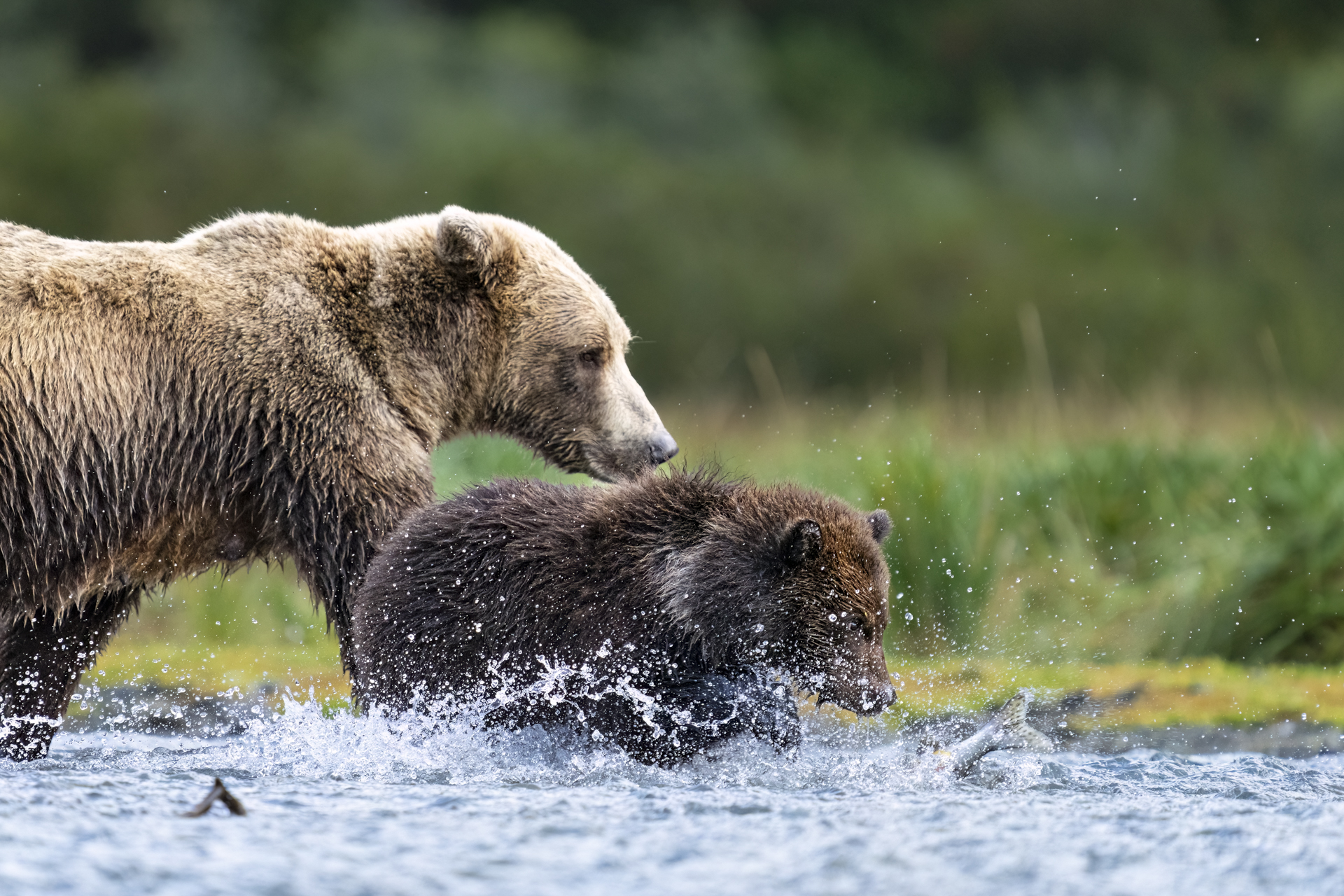
The third day was beyond extraordinary. At one point, more than 40 Kodiak bears were visible in the area, including four mothers with very young cubs. We witnessed a full range of behaviors from nurturing tenderness to fierce territorial disputes. A dramatic clash between a large female and an encroaching male showcased the intense protective instincts of Kodiak mothers. Thankfully, neither bear was seriously injured, but the display of power was unforgettable.
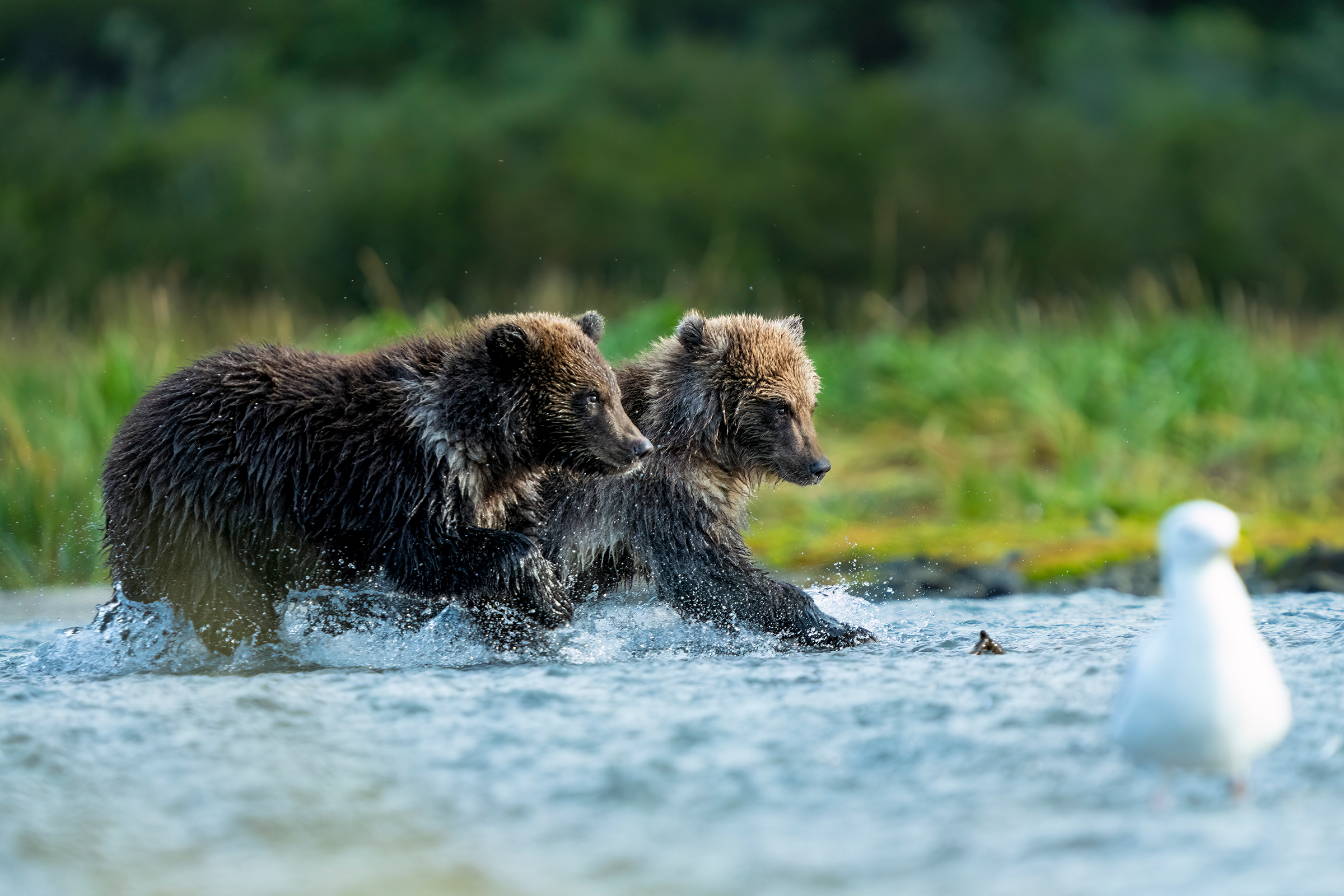
Just as memorable were the tender moments: cubs mimicking their mothers’ fishing techniques, playful interactions between siblings, and quiet pauses when a bear would simply rest along the riverbank, undisturbed by our presence.
Each field outing lasted around 8 hours. We wrapped up the days with light packed lunches by the riverside, soaking in the serenity of the wilderness.
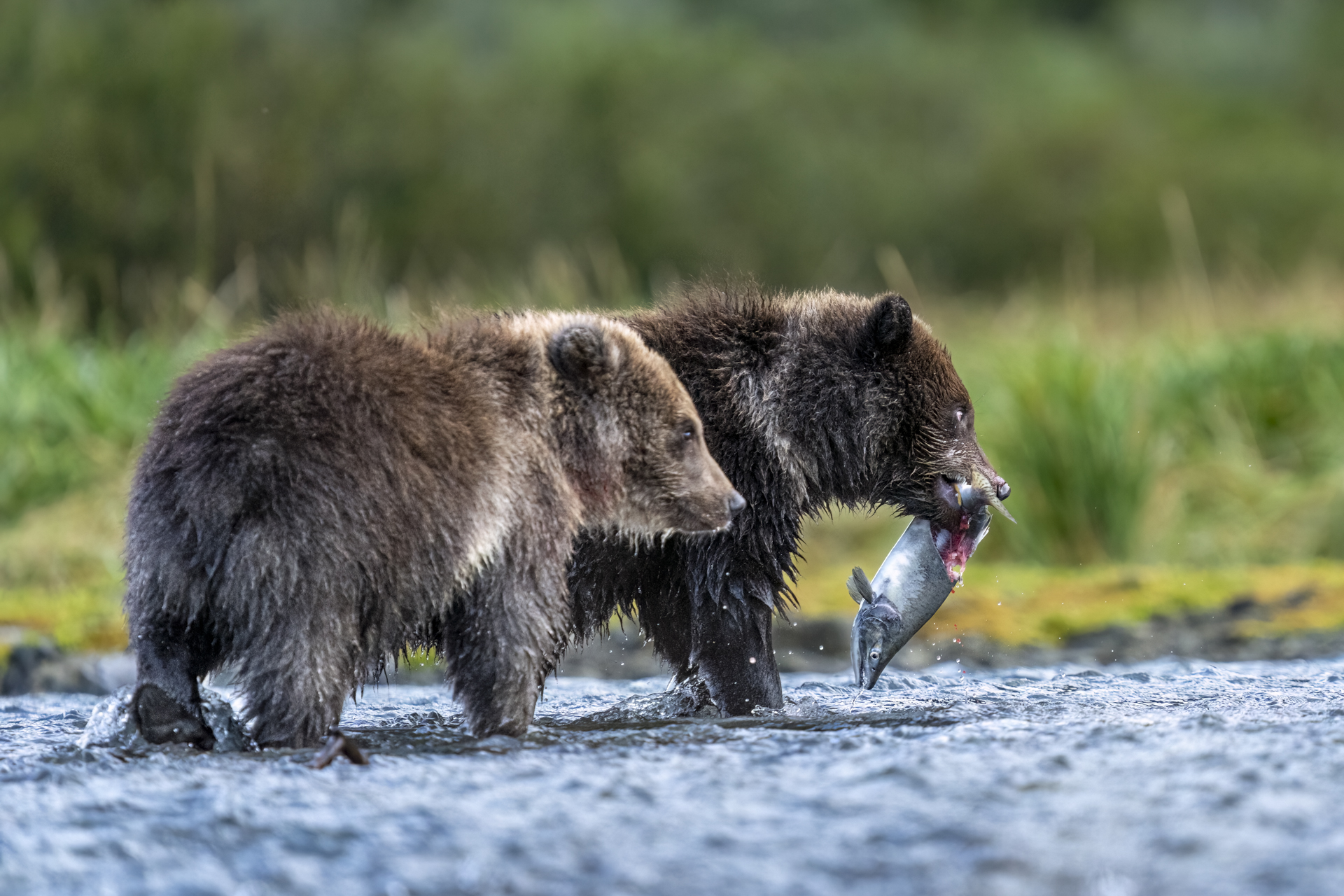
Kodiak bears (Ursus arctos middendorffi) are a unique subspecies of the brown bear, found exclusively on the Kodiak Archipelago in Alaska. Having evolved in geographic isolation for over 12,000 years, they are among the largest bears on Earth, males can weigh up to 1,500 pounds (680 kg), and females typically range from 600 to 800 pounds.
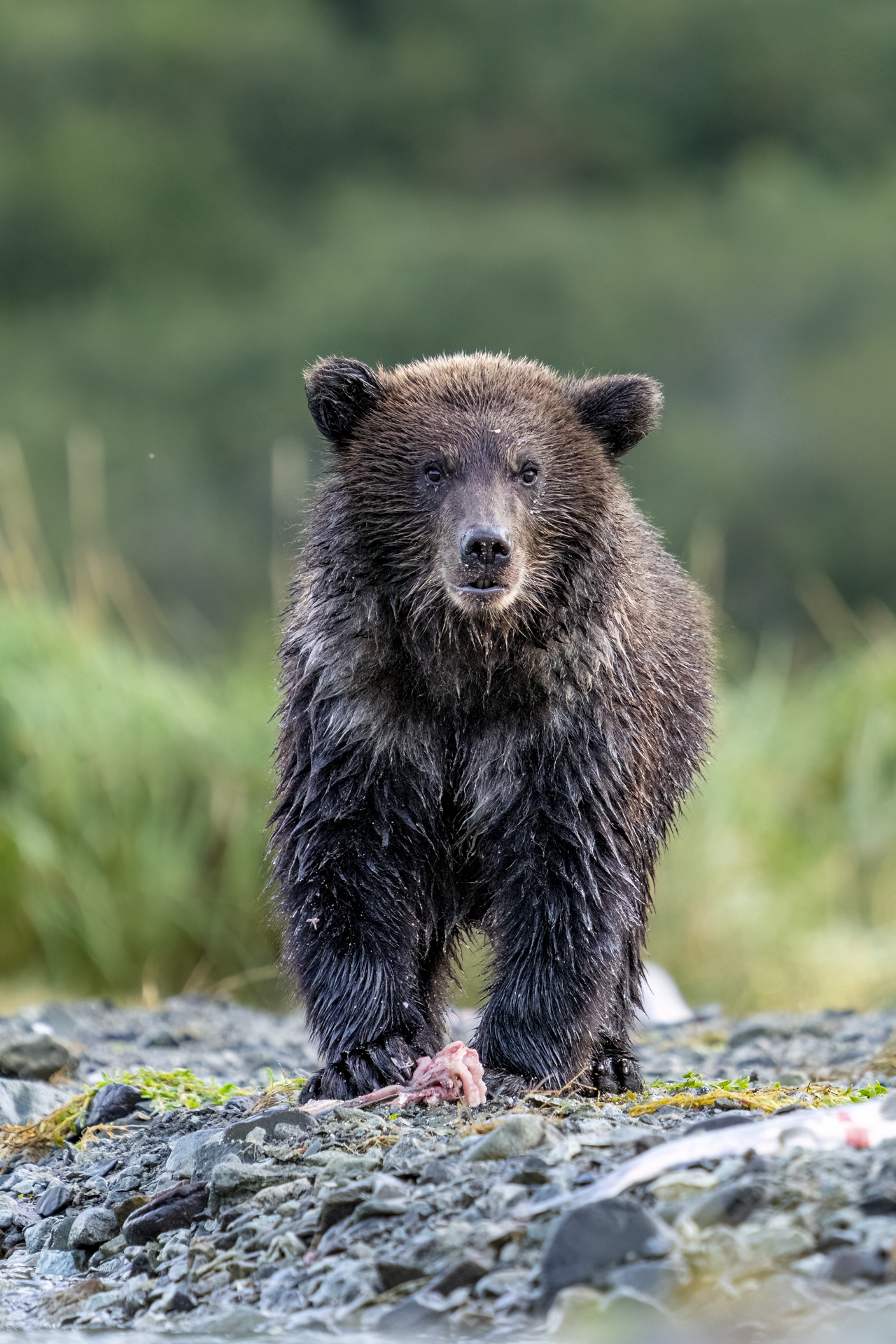
Their life cycle is closely tied to seasonal rhythms:
Kodiak bears generally live 20 -25 years in the wild, and females reproduce every 4 -5 years, giving birth to 1- 3 cubs.
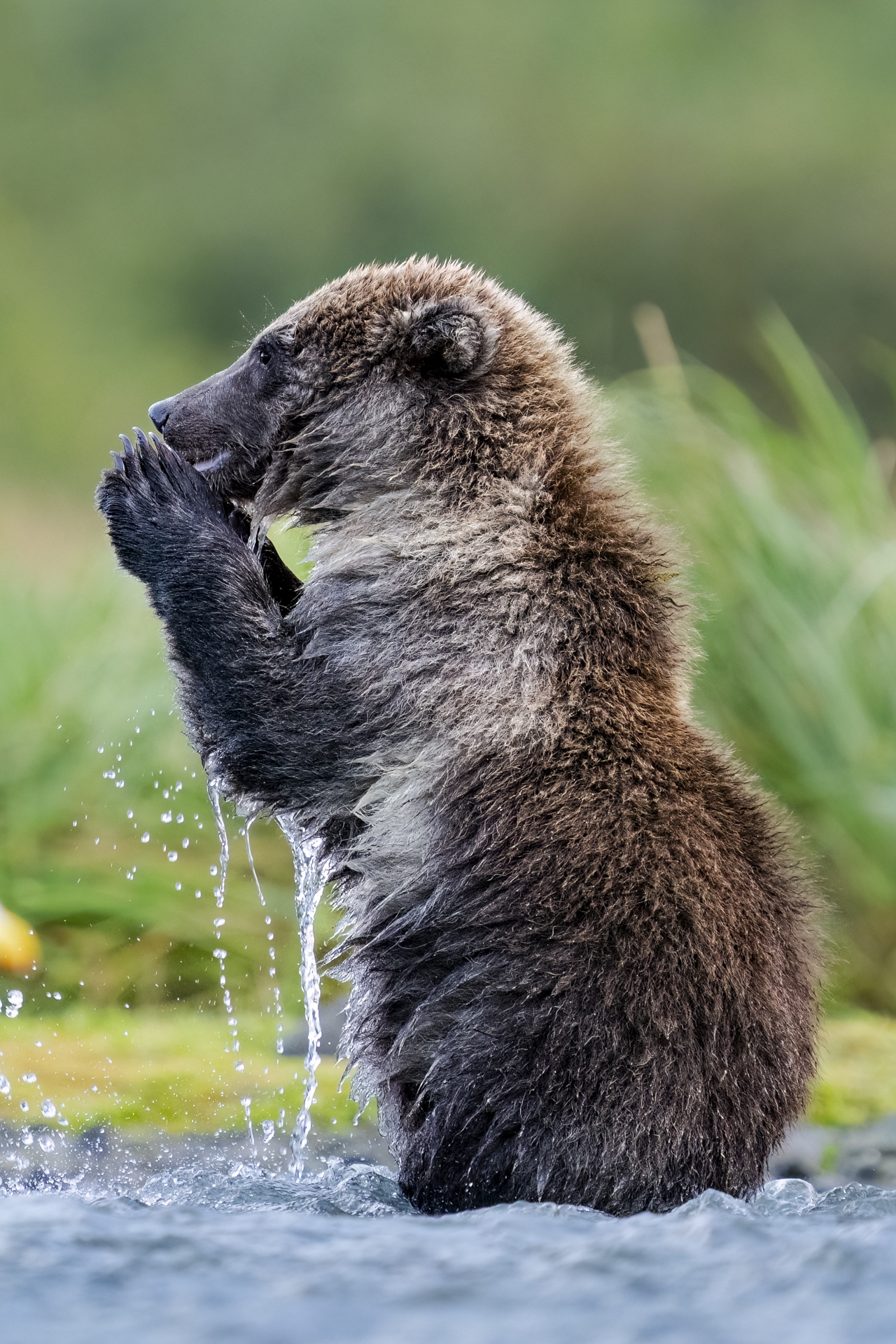
While Kodiak bear populations are currently stable, estimated at around 3,500 individuals, they face multiple threats:
Effective conservation relies on managing these threats through scientific monitoring, community engagement, and education.
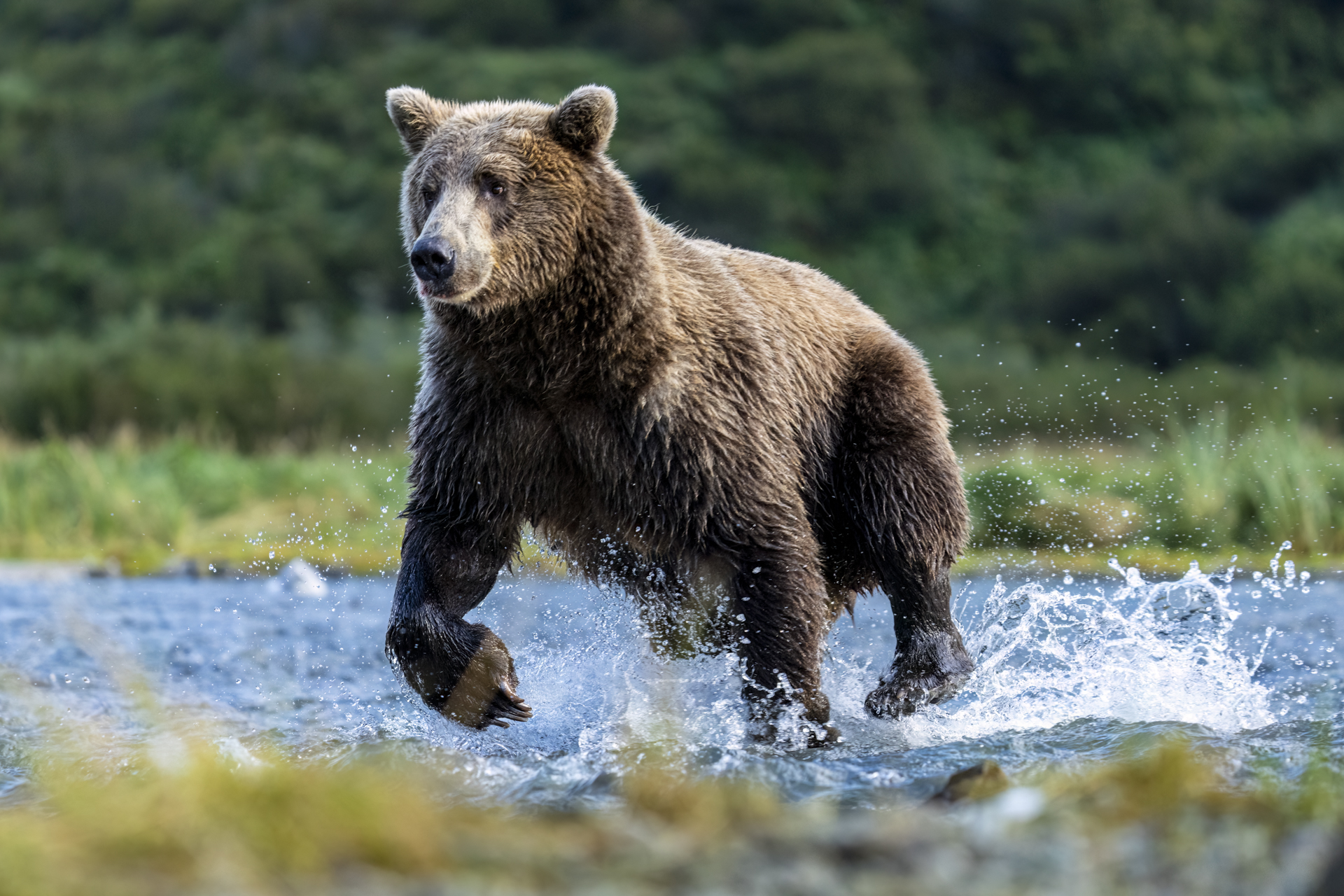
The Kodiak National Wildlife Refuge plays a key role in preserving bear habitat. It protects over 2 million acres of critical ecosystems, supporting not just bears but also salmon, bald eagles, and more.
Here’s how individuals can contribute:

This expedition was more than a photography trip it was an immersion into a world few get to witness up close. Through every roar, splash, and silent stare, the bears taught us something about strength, vulnerability, and the balance of wild places.
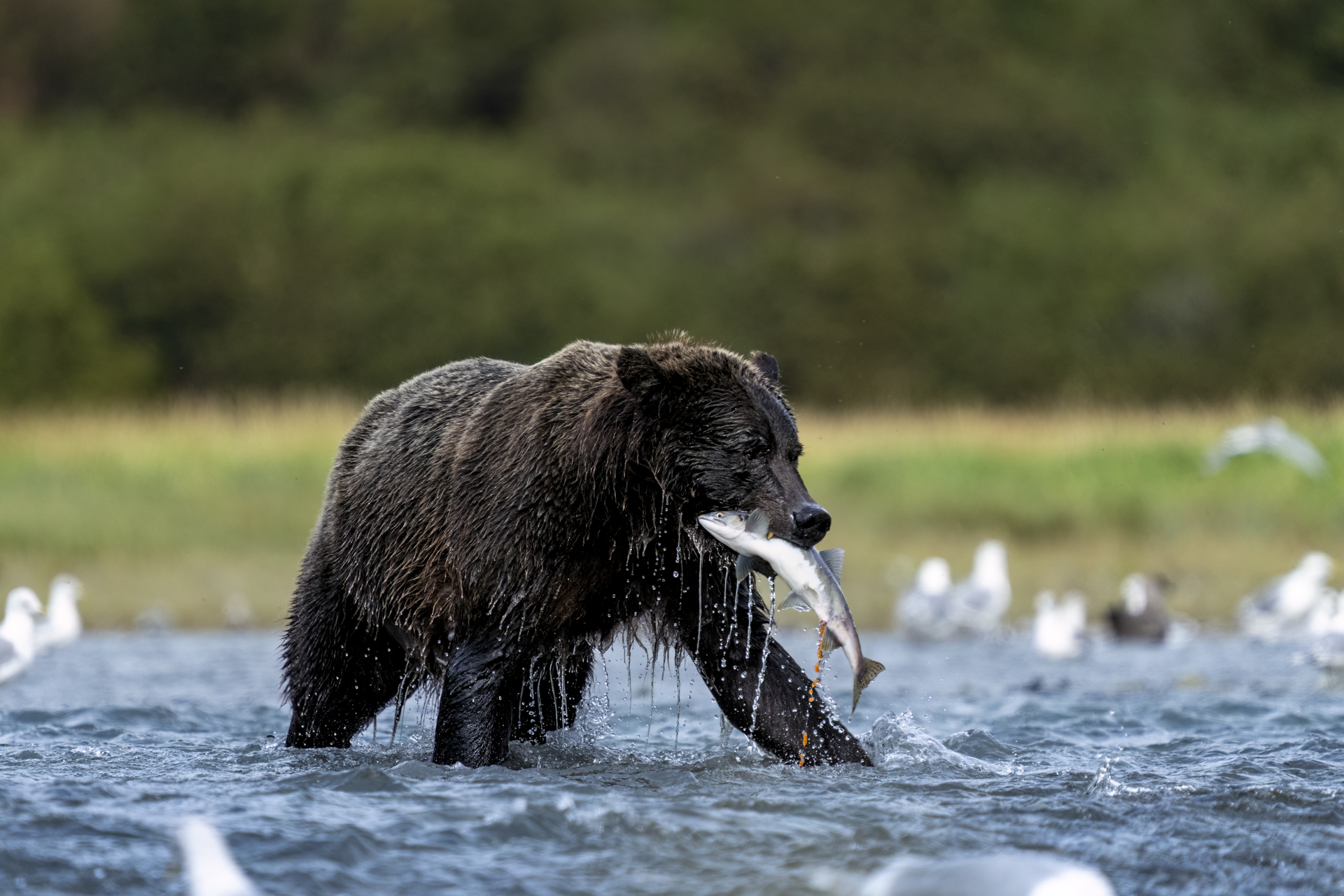
I left with memory cards full of images but more importantly, with a heart full of awe and a renewed commitment to telling their story. Because when you stand a few feet away from one of the planet’s most powerful creatures and see tenderness in her eyes, you understand exactly what’s at stake.
Let us preserve it not just for the bears, but for all that they represent.
